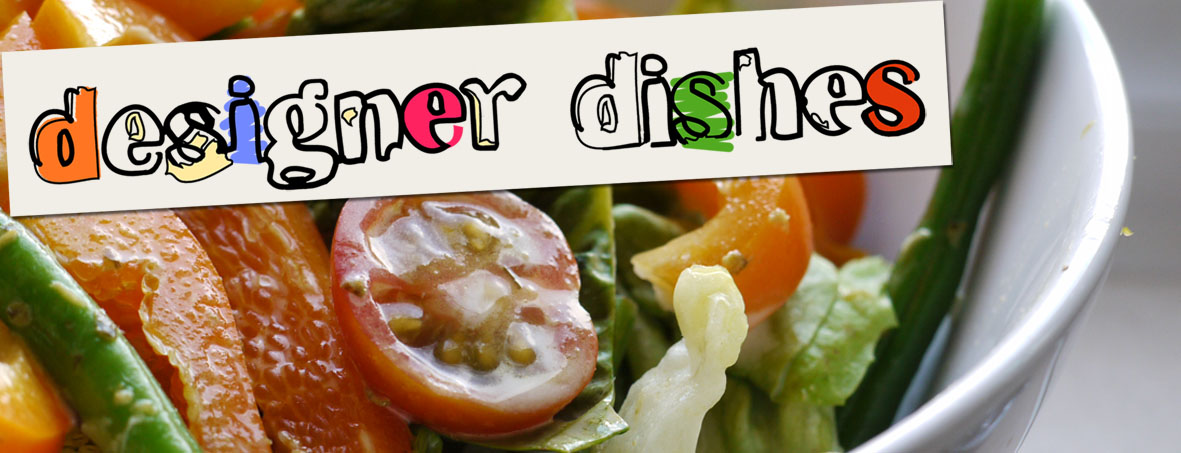Sunday, 24 July 2011
Review: The Rough Guide to Food
If, like me, you thought that the people behind the popular Rough Guides only did Travel Guides, think again. They may be known for highlighting the best drinking holes in Melbourne and the most sacred areas of Istanbul (they currently cover over 200 destinations) but they also have a vast selection of 'Reference Guides' to choose from. Their 'Rough Guide to Food' jumped off the shelf (visually, not literally) and into my hands during my last trip to my trusty local library.
I must admit that I was curious about how they would pitch a basic guide to food. The book touches upon most of the basic issues and topics, weighing up the positives and negatives of the common options. It's relatively balanced and even though its biased towards organic produce, it is sympathetic to those (like me) who can't afford to go completely organic for their regular shop.
It's a good all round book to challenge your thoughts on food, the ingredients we cook with and the places that we buy from. From the money we spend with the Big Four (our major out-of-town supermarkets) to the trials and tribulations of growing your own, there's certainly food (ho ho) for thought within its pages. It's a great starting point if you're interested in food but don't know where to start.
Published in 2009, the book could already do with an update as it covers such topical issues, it seems a little behind the times. It has a wealth of stats and graphs but these seem a little irrelevant even though they're only 2 years old. It doesn't cover Waitrose recent growth in the marketplace, for example. I suppose anything that covers the retail market is almost out of date before its published.
The layout isn't the easiest to read as the main text is interupted by fact boxes, quotes and facts which distracted me. I'm not the most dedicated of factual readers, I must admit, but the layout doesn't help. Saying that, it does break up the bulk of the text which, I imagine, makes it more appealing to first-time non-fiction readers.
There's a fantastic stockists and suppliers list at the back of the book which is split into regions. The 'South West' section suggests some familiar names but also has some new suggestions. An interesting further reading list follows with more specific resources if you'd like to find out more about a particular area. Each section has links to websites and services relevant to the passage that you've just read. It can be used as a reference book though I think it's possibly a little basic to make it on to my bookshelf. Saying that, I've already made notes of some of its suggestions.
I would seriously recommend this book if you're curious about food, its production or the environment but don't know where to start. I've felt a little lost when it comes to making a balance between eating healthy, nutritious food that's frugal, tasty and ethically sourced. This book gives you a good starting point and suggests further reading to boot.
Subscribe to:
Post Comments (Atom)





1 comment:
Like your site Sarah
Post a Comment